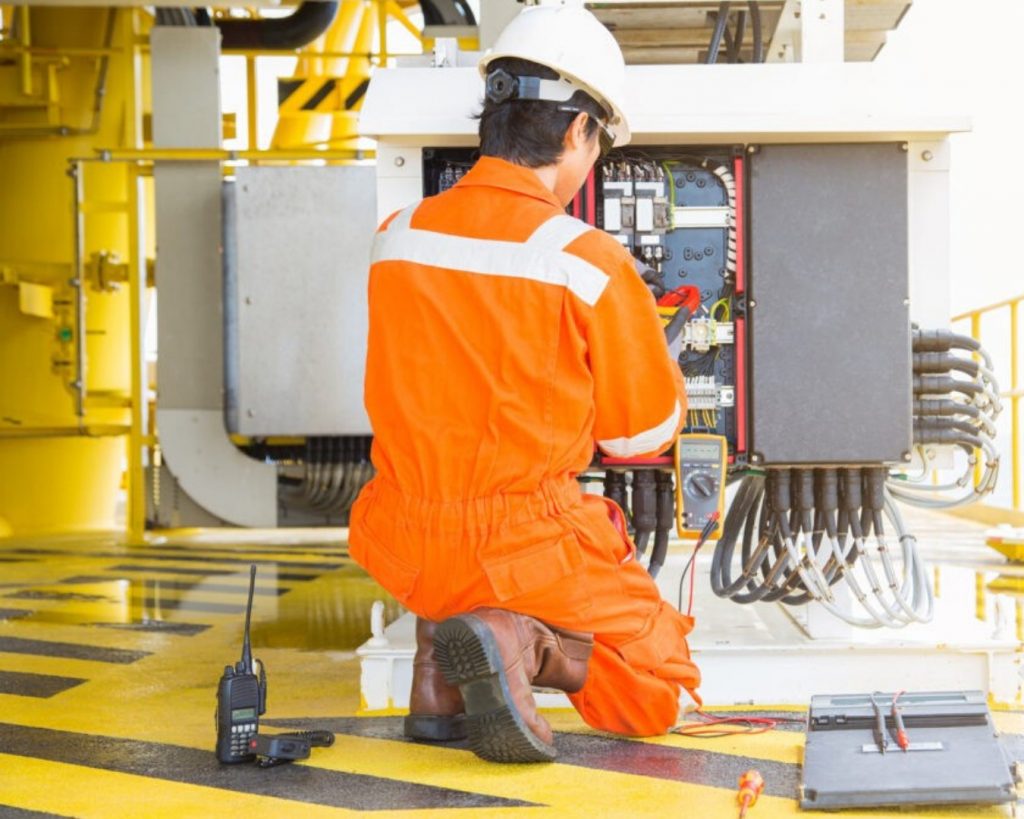3 Min Read
What Is the difference between reliability and availability?
Both availability and reliability measure the amount of time that an asset is operational, although they measure this time in different ways. Availability measures the amount of time a machine is available to be operated. Reliability measures the amount of time a machine performs its intended function without failure.
Reliability and availability can depend on the type of maintenance performed. While routine preventive maintenance keeps a machine available but impacts reliability, infrequent maintenance of higher quality will make a machine more reliable but less available.
Equipment Reliability and Maintenance (ERM) is an approach that looks at reliability and availability as two individual concepts that are intimately linked. ERM sees reliability as dependent on availability. It also sees availability as dependent on comprehensive maintenance. Usually, the more reliable a machine is, the more available it is, although this isn’t always the case.
Understanding The Difference Between Both Maintenance Approaches

What Is System Availability?
Availability measures the amount of time that a system is available to operate. When a system isn’t available, it either isn’t performing its intended function or it’s on downtime due to repairs. Availability will also measure whether or not the asset is producing as much as it’s capable of. High availability is particularly important to the overall health and bottom line of a company, so it’s important that an asset has high availability and minimal downtime.
How To Calculate Availability?
Availability can be calculated by dividing the actual operation time of the machine by its scheduled operation time. Actual operation time refers to the total time that an asset is functioning as intended. Availability is often calculated using metrics such as the mean time between failure and the mean time to repair.
Availability is also measured by looking at the amount of downtime where the asset fails to perform its intended function. Downtime is often scheduled in order to have time to repair the machine or time to perform maintenance activities.
What Is Reliability?
Reliability will measure how likely the asset is to perform its intended function without downtime. It is usually seen as an indicator of the probability of success of an asset, therefore it is integral to the health and profit of a business. Reliability typically measures the failure rate of a machine, which is the total number of failures divided by the total time the machine is functioning.
Reliability also often represents how long an asset will operate before it fails again.always be managing your critical assets since it is a vital business function—whether your assets include process equipment, lab, manufacturing, office or warehouse facilities. Utilize the power of Maximo and IoT to optimize your assets and operate your CMMS with the following modules.
How To Measure Reliability?
Reliability is just as difficult to measure as availability. However, there are a few ways it can be measured. Reliability is measured with the mean time between failure metric (MTBF), which is the average amount of time that an asset operates without failures. The MTBF is calculated by the total time the asset is in service divided by the number of failures. The inverse of this is called the failure rate, which is the number of failures divided by the total time the asset is in service.
